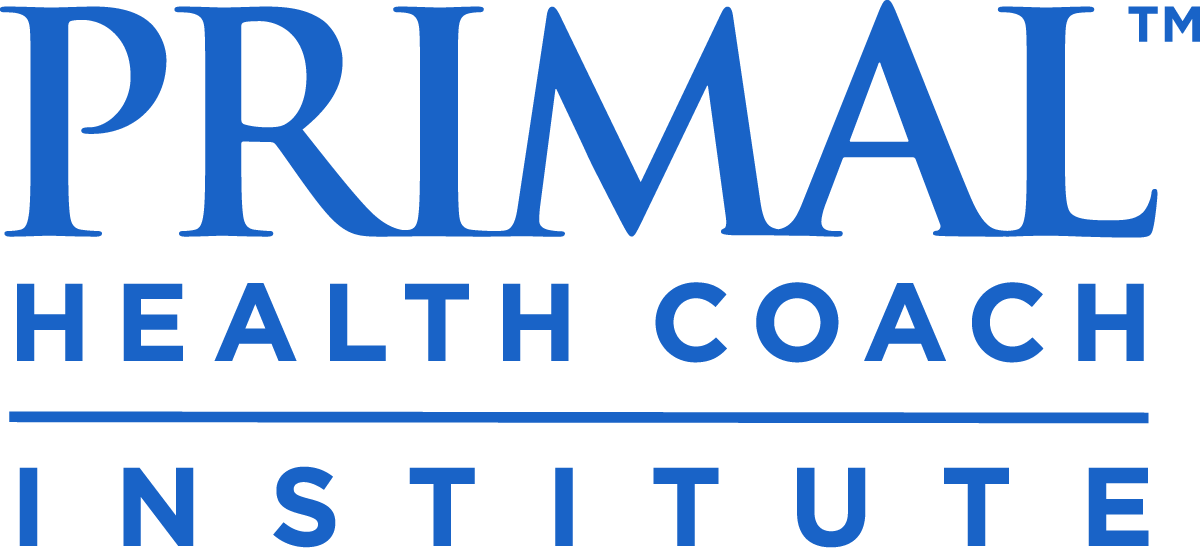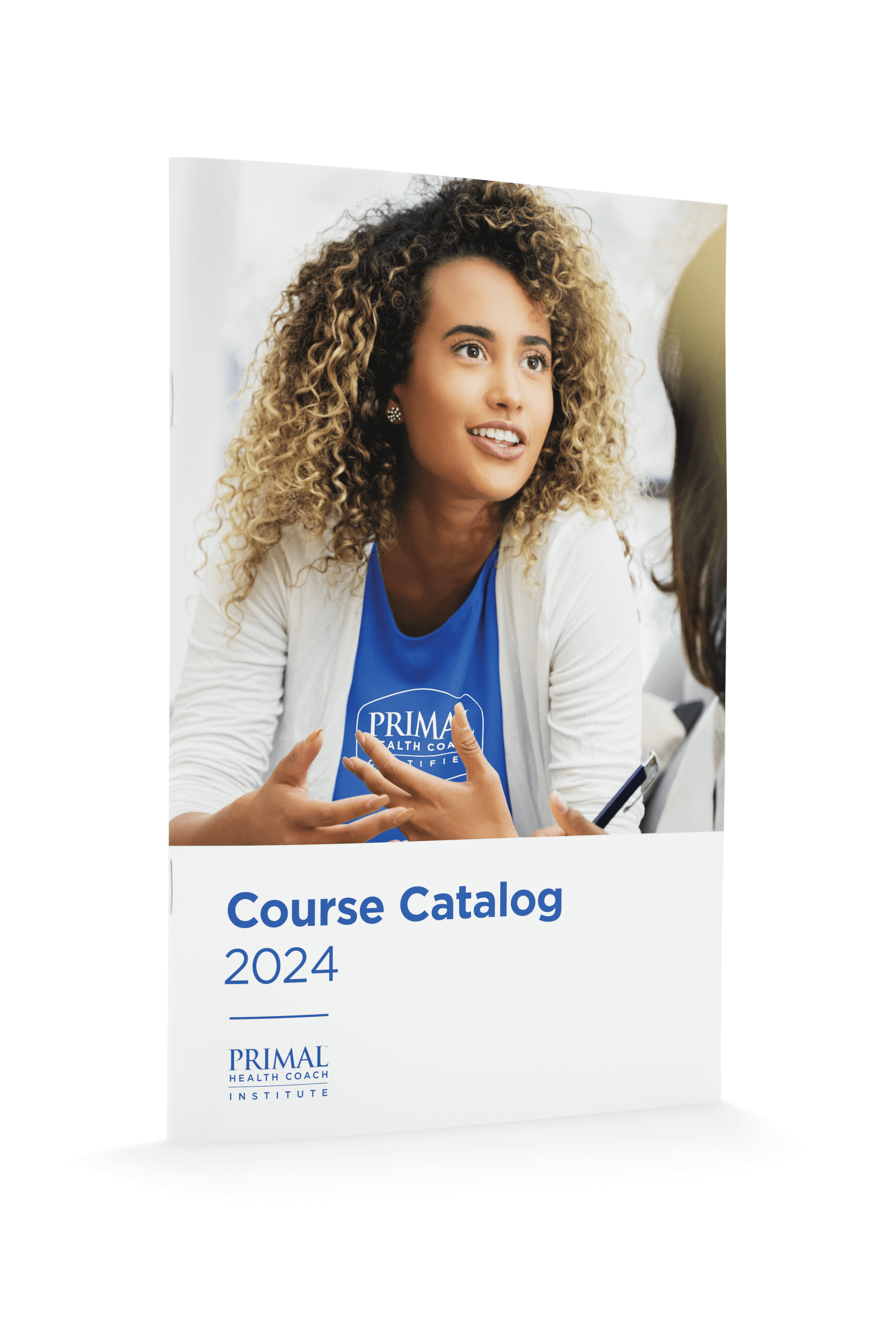
It’s probably safe to say our clients don’t usually come to us with small aims. “I’m here to lose five pounds.” “My vision is to eat two servings of vegetables a day.” “I’m finally ready to commit to running a mile.” Most people assume the bigger the goal, the better. After all, we hear so often mantras like “Don’t play small” or “Go big or go home.” The prospect of a modest goal likely garners a shoulder shrug and “Why bother?” retort. Yet, how many people are undone by setting overwhelming objectives for themselves? The fact is, a goal is only as powerful as it is reachable. The inflated aim will in all probability remain a pipe dream, resulting in nothing but discouragement for our clients and dissatisfaction with our services. One of the most important tools we can offer clients is honest counsel around setting attainable goals.
First: Discuss Readiness
So often when we talk about goals, our minds immediately go toward so-called best practices, established strategy, and the concrete “how-tos”—when we’d in most cases do better to first delve into the more subjective and complicated factor of willingness.
Before latching onto the well-known tactics for goal setting, take time to talk candidly about desire versus reluctance. Because, for all the focus on tactics, any change must first be founded in personal, honest readiness. There’s no getting around the million dollar question: how much and what kind of change are you willing to take on right now—as in today?
It’s not just about whether a client is willing to take on a specific new behaviors. It’s also about his/her openness to learning and striving. That means we can bring additional questions to bear. Are you willing to learn new skills? Are you willing to push yourself into new ground? Are you willing to have faith in the process even on days when you don’t see progress? Are you willing to be a beginner? Are you willing to trust that you’ll develop know-how and resilience that you don’t have now? For clients who are ready to work, it’s an inspiring set of prompts that can open their minds and willingness further. For those who respond with significant hesitation, it will offer you as a coach necessary feedback to go particularly slowly and cautiously as these clients build confidence.
Instead of ushering our clients along a conveyor belt of commitment making, it’s worth venturing a frank discussion upfront. Get all their hesitancies out on the table. Problem solve where you can, and use these questions to steer the goal setting process, favoring those aims that will be challenged by less resistance rather than what might make sense as the “next logical steps” from an abstract hypothetical approach.
Throughout the process, check in on those uncertainties. See if the two of you need to design more supports around the difficulties. The point is to give clients permission to share any and all concerns in the beginning and along the way. This approach isn’t about coddling but about encouraging full ownership, which enhances compliance.
Second: Identify Investment
On good days, the structure of routine or the pressure of commitment might be enough to maintain our perseverance toward a goal. On challenging days, however, we might need more of an appeal to emotion rather than reason. That emotional appeal is easier the more we’ve defined our personal investment in a goal.
And it’s not just about salvaging a teetering program with an emotional draw. This principle is the one that may defy rational expectations. The fact is, a client can fail miserably with even the lowest threshold goal if there’s he doesn’t feel connected to it, whereas another client can achieve the virtually unthinkable when she feels driven by a very emotional purpose. What reason would say is an “achievable” goal may be upended by a deeply cultivated, personal connection with a goal.
On a small scale, if a client’s goal is to get to bed on time, we can stress the how-to all we want. We can talk about setting alarms for bedtime or share the benefits of a good night’s rest for metabolism, but logic doesn’t always prevail. A more compelling reason for our clients to hit the sack on nights when it’s tempting to watch one more Netflix episode might instead be their added patience with the kids the next day, enhanced concentration and less stress during work, or an easier ability to resist the office donuts then next morning. In this regard, immediate and specific, personal gain often matters more than rational, long-term sensibility.
Third: Distinguish between an OPUS and a Goal
As Mark and Christine share in the Primal Health Coaching Manual, we can encourage our clients to create a health “OPUS,” the overarching, big vision they want to ultimately achieve for their well-being (OPUS being an acronym for the sense of Ownership, Passion, Urgency and Significance they bring to their health endeavors and their work with us.)
We can use the OPUS concept to help our clients identify their ultimate vision and to optimize their emotional investment in the long-term process. Making vision boards with pictures of the lifestyle and opportunities they’re moving toward or “why” boards featuring the personally meaningful reasons (the “significance”) they’re pursuing health change can remind clients that this isn’t a journey of imposed shoulds but of personal intentions—and possibilities.
We can likewise use the concept to distinguish between a long-term vision and a short-term goal. We know we need to help our clients put their vision into action in the here and now. We do this by helping them discern a trajectory of appreciable goals that will over time move them into that vision of new vitality.
Fourth: Get SMART
Your client has done the reflection and assessed his/her readiness with your help. Now it’s time to begin laying out the action steps ahead. One of the best known approaches (and acronyms) for goal setting is S.M.A.R.T. (Specific, Measurable, Attainable, Relevant and Time-Specific).
Here’s where the rubber meets the road for concrete behavior change. Through your clients’ sharing about their ultimate visions, their intimately personal and motivating concerns, and their honest willingness, you have a sense of what would likely be personally Attainable and motivationally Relevant for them.
In helping your client choose an complementary Specific goal, you move them from a general intention (e.g. lose weight, eat better, exercise more) to a reachable step toward their vision that requires new effort and adaptation. If their ultimate vision is to go down 10 dress sizes, perhaps you begin with a shorter-term goal of losing 3 inches at the waist, which is both Specific and Measurable. From there, you assign a Time-Specific context to the goal based on what you believe is reasonable for the client.
Other examples of Specific, Measurable and Time-Specific Goals might be taking a two- or three-week window for cutting out grains from the diet, incorporating a daily 10-minute meditation practice, increasing protein intake from 2 servings to 5, or adding a morning walk or yoga workout each day. The assigned span is ample enough time for the client to implement relevant changes, to experience/correct slips, to recommit their efforts, to experience the benefits, and to reflect on the achievement.
The key here is to create low threshold, personally meaningful objectives that clients can achieve relatively easily and quickly with the right tools, ideas and support. We’re looking for a small win that boosts a client’s self-efficacy and that represents an appreciable step forward toward the ultimate vision. When that goal is both achieved and the behavior change adequately solidified, you and the client can design the next goal on the trajectory.
Finally, Record and Revisit Achievements
It’s important to celebrate each goal attainment with a client and to record it as an integral feat on the way to their greater vision. In doing so, we’re modeling for the client the continual connection between daily action and ultimate success. We’re holding the client’s greater story at any given time and helping him/her craft it as a narrative of bold effort, dauntless attitude, and ongoing progress.
At times our clients will need us to relay these winning stories back to them as they move through a discouraging plateau or attempt to reboot their fortitude for another move forward. Whether we remind them of these stories in conversation or create for them a visual representation of their successive wins, they’ll benefit from re-seeing their process in action. Being thoughtful in goal setting means you’ll be able to appreciate together the surprising reach of a deliberate series of individually achievable goals.
Thanks for reading today. Are you interested in discovering how to become a Primal Health Coach? Subscribe below to learn more.



